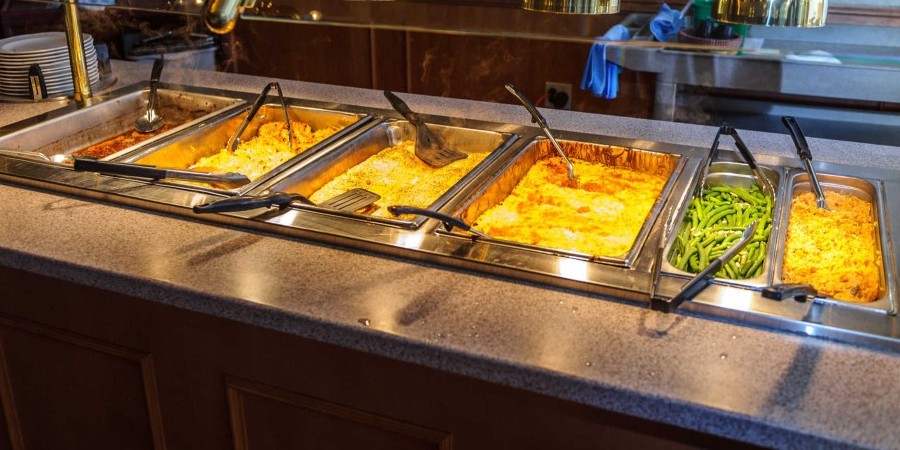
High-volume businesses, especially those like cafeterias and buffets, need reliable ways to preserve and display their products. Steam tables offer both and are easy to use and maintain. They also offer convenience for restaurant staff and customers alike.
A steam table holds food at safe temperatures until it is ready to be served. These special tables hold food pans of varying sizes and heat them evenly using steam. Steam tables also typically have controls for manually adjusting the temperature. They come in both gas and electric varieties. Gas-powered steam tables are better for businesses that would like to spend less on energy, while electric is a good choice for those who have bigger energy budgets. Steam tables also have wells that hold the water used for the heating process; these wells should be cleaned and drained every day to maintain the quality of the unit and its effectiveness.
A key word of caution before investing in a steam table is the way it is used in the establishment. First, steam tables should never be used to cook, reheat, or defrost food. As previously mentioned, steam tables are designed to always keep food at one temperature—they are incapable of actually preparing food the way a stove, oven, or other appliance can. Using a steam table for any of the previously mentioned tasks may result in undercooked or unsafe food products.
Additionally, the steam table should be heated before putting food in the pans. The reason for this is that food could drop below the desired or safe temperature as the table heats up, assuming no pre-heating is done beforehand. Pre-heating the table ensures that the food will retain the correct temperature while sitting on the table until it can be served to customers.
Steam tables are durable units that can hold up against constant use, light damage, and other circumstances that may occur over time. However, there are still important maintenance tips to remember to avoid more serious damage that will affect a steam table's usefulness and functionality. First, it is important to make sure that the steam table is dried after use, as water buildup can cause corrosion. Corrosion and wear can also be caused by certain cleaning chemicals like bleach. It is far better to clean them using simpler detergents to avoid such damage.
Food wells are similar to steam tables in function and usefulness. However, there is a critical difference: food wells rely solely on electricity to generate heat. This means that the cleaning and maintenance of these machines is much simpler than that of a steam table, as there is no need to worry about water damage or corrosion. Additionally, there is no need to refill a steam table with water nor drain unused water. With that being said, however, the pans used in these food wells should absolutely be cleaned and drained frequently to avoid food buildup or the buildup of any other particles and substances that could tarnish the unit.


Bad |
Rate as 5 star | Good |
||


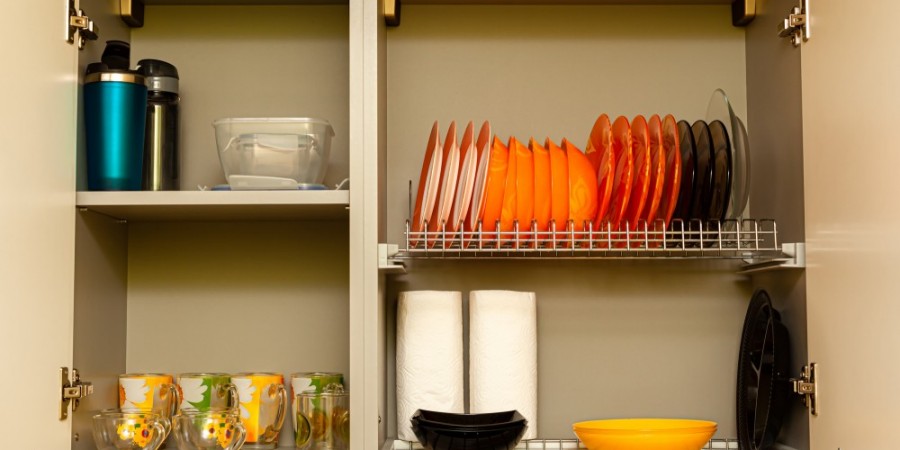
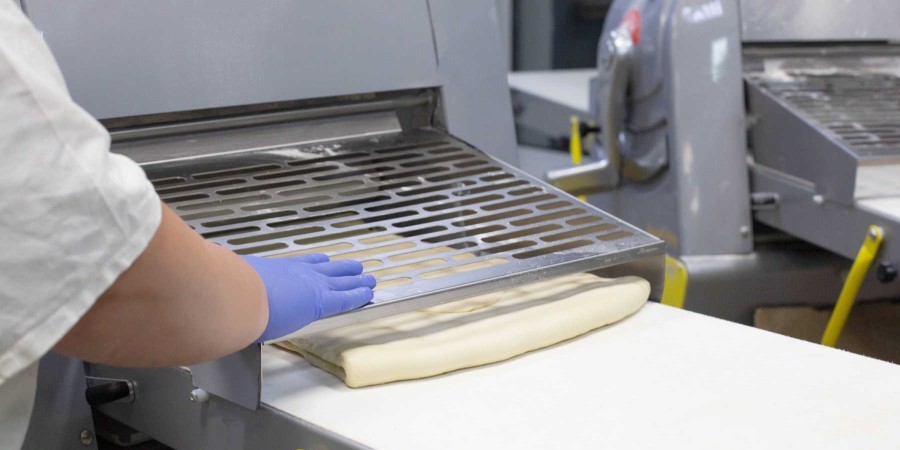
 Filter by category. | |
| REW | 152 |
| REW Academy | 131 |
| Restaurants | 126 |
| Website Categories | 125 |
| Articles | 117 |
| Kitchen | 50 |
| Vendors | 32 |
| Tutorials | 29 |
| Food | 26 |
| Customers | 22 |
| Events | 15 |
| Interviews | 9 |
| Web | 8 |
| Funny | 7 |
| Infographic | 6 |
| Social Media | 5 |
 Most popular (top 5) | |
 | Life Kitchen Florida App |
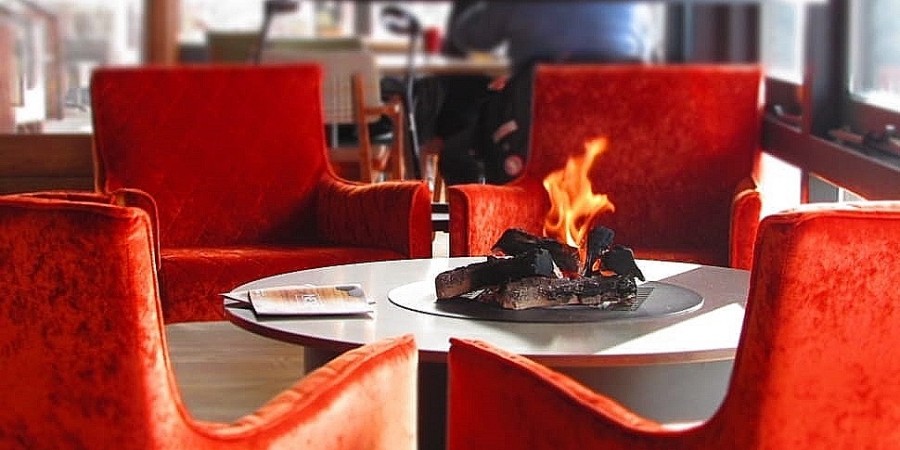 | Indoor Chairs and Bar Stools Overview |
 | Booths |
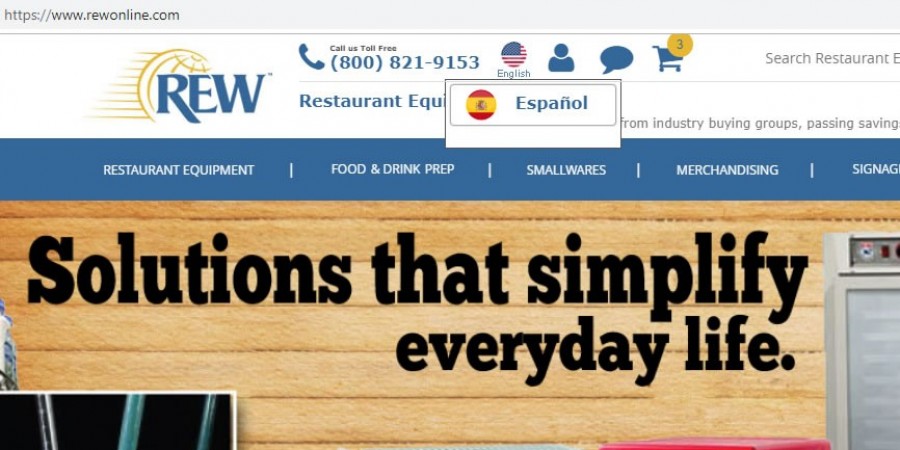 | Restaurant Equipment World (REW) Launches NEW Spanish Version of Website |
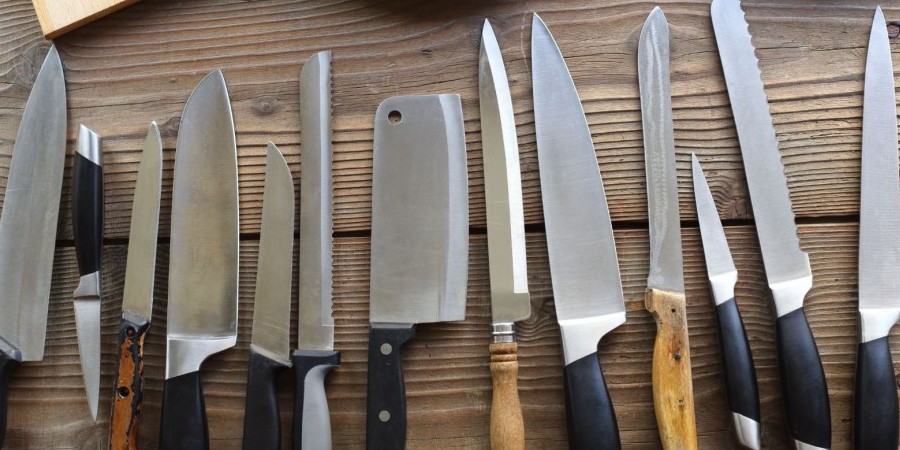 | Complete Guide to Cooking Knives |
 Top rated (top 5) | |
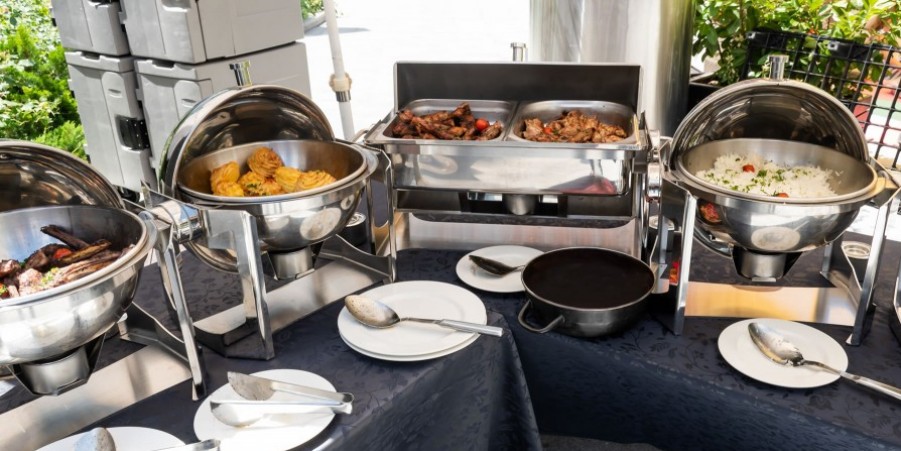 | Display Stands, Risers, and Portable Sneeze Guards |
 | Countertop Signage |
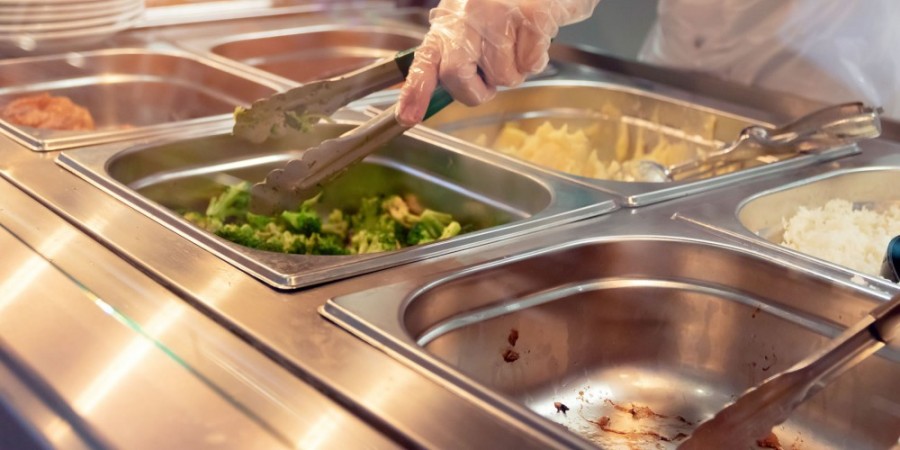 | Specialty Equipment |
| Welcome to the REW Blog! | |
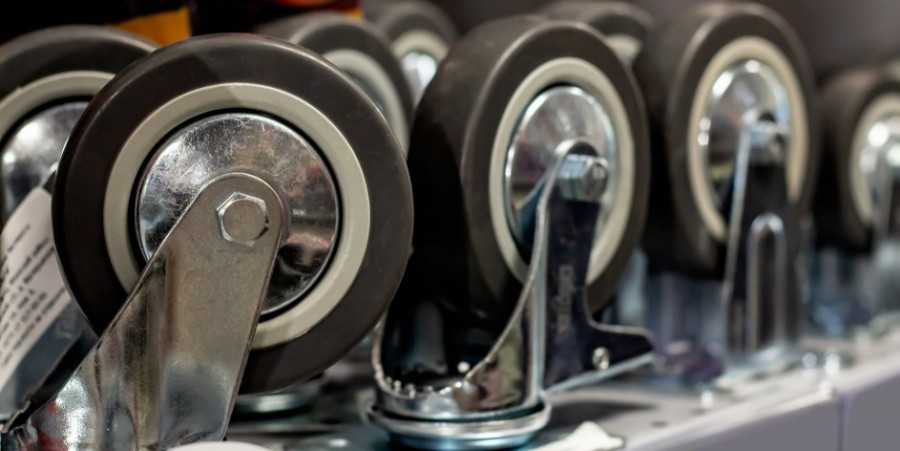 | Equipment Casters |